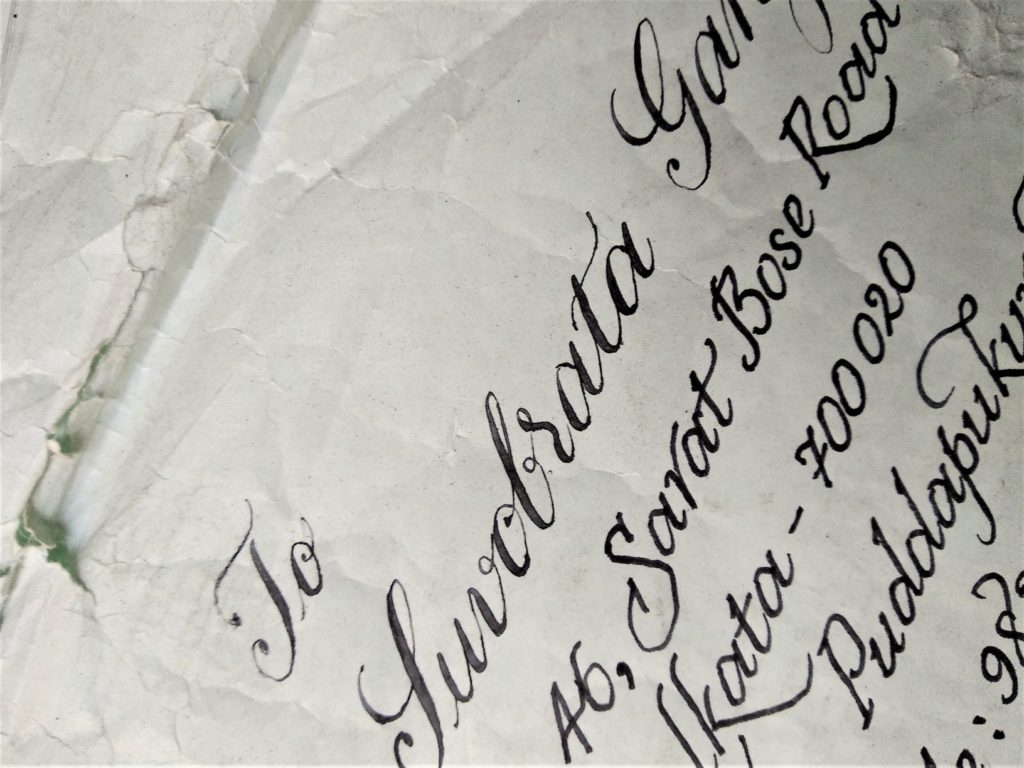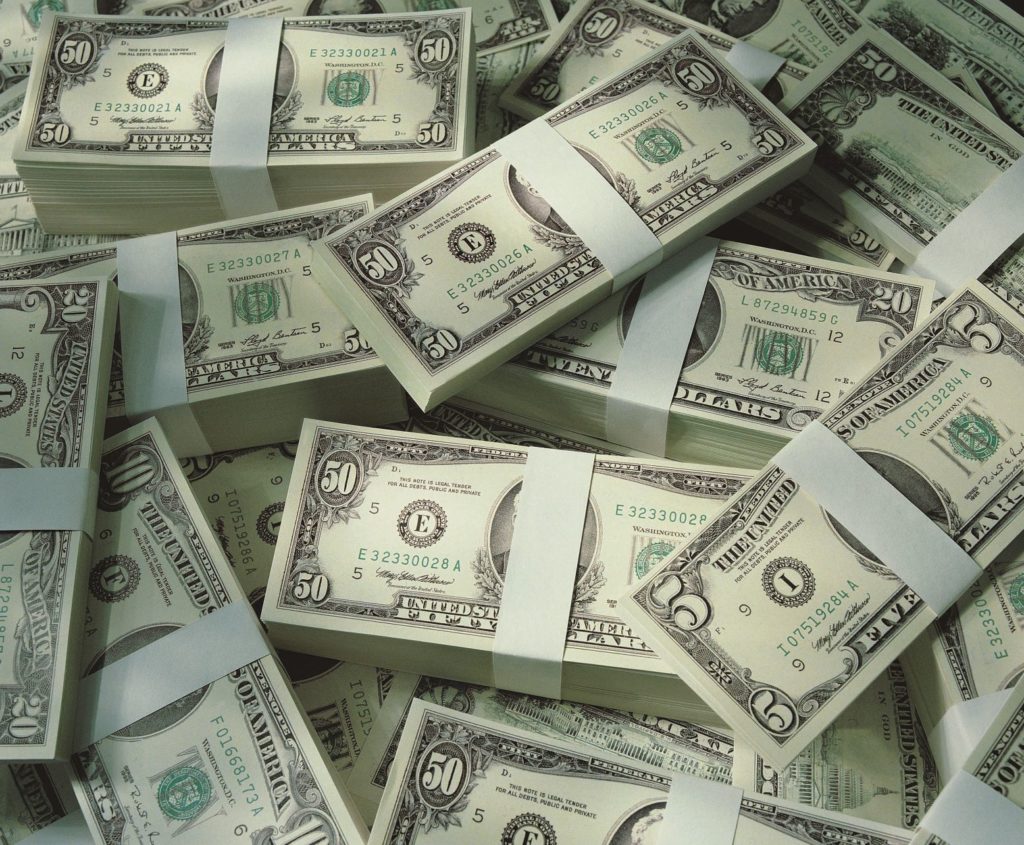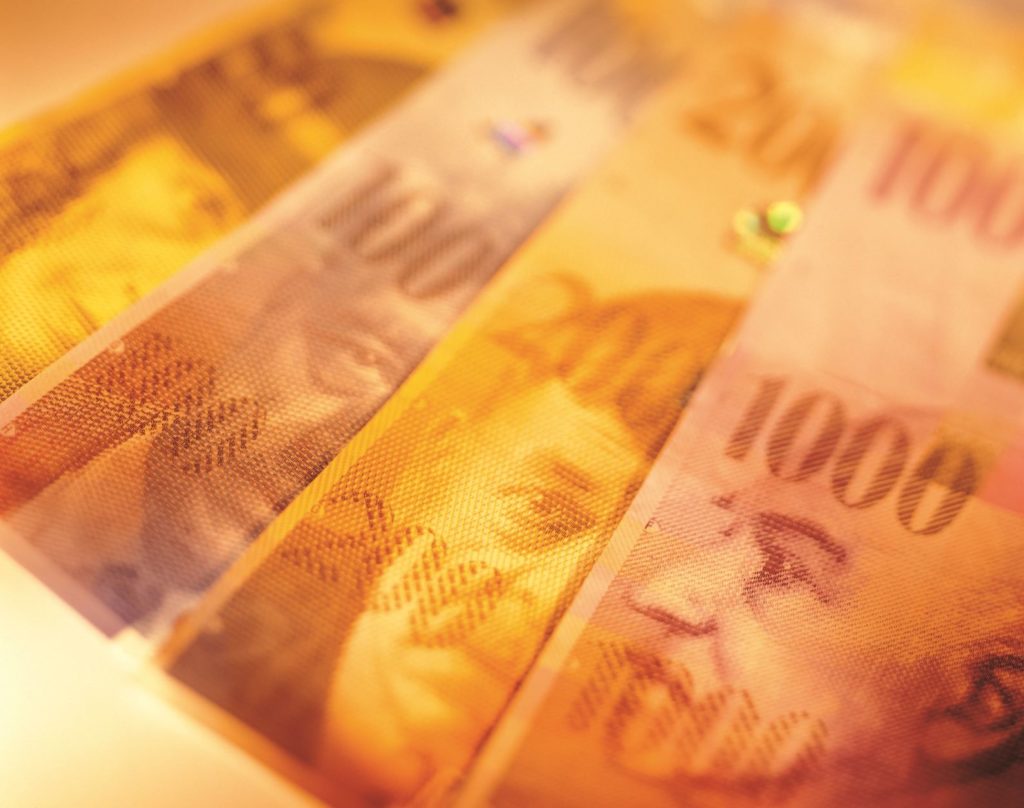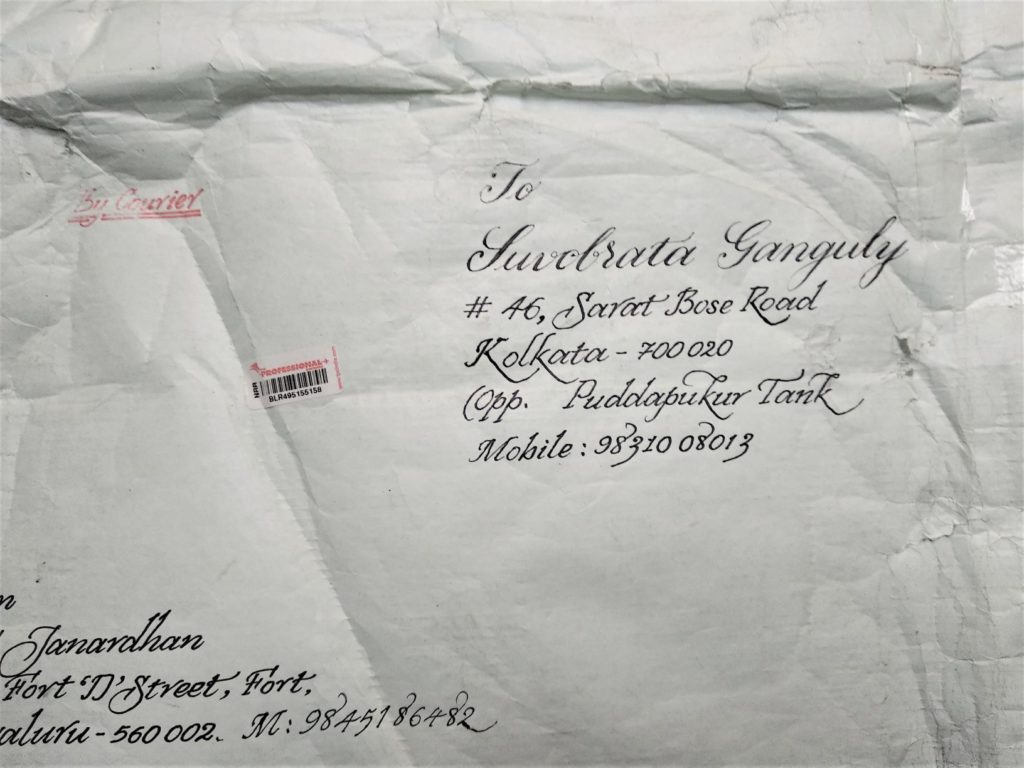
Paper Tigers are facing habitat loss but are thankfully, still far from extinction!
Everybody writes about Fountain pens. Some even write about inks. But it is seldom that we come across articles about paper, about the surface without which both pen and ink would be… shall we say, lonely? Well, it is perhaps a bit of an exaggeration to say that paper gets no attention – it does – but, then again, for all the wrong reasons. Time, perhaps to set things at least in the right perspective?

We keep hearing how the use of paper leads to the destruction of the rain forests, the denudation of the environment. Rubbish. Most paper that is produced these days feed on pulp wood that has been cultivated commercially following established cropping practices that are, yes, ecologically sustainable, environment positive. These practices are not only bringing degraded land under green cover, but are also helping generate employment among the marginal farmers, helping the trickle down reach the bottom of the economic pyramid.
The second “myth” that one keeps hearing is that paper is obsolete and the industry is a classic sunset one. Again, it seems to be a lot of ill-informed conjecture. The per capita consumption of paper in India is woefully inadequate and the scope on the upside is enough to be optimistic about. Besides, except for newsprint, most other industry segments are witnessing robust health, with some – like packaging, actually growing, thanks to the shift from plastics. Packaging paper, incidentally consume waste paper by the gazillions and it is thus actually a win-win.

Remember those trailer messages in the emails that you get? Yes, the ones that sermonises about being sustainable, about how paper “destroys” the environment and how you should refrain from taking a printout? Well, let me tell you one thing – globally, upwards of fifty million tonnes of electronic and electrical waste is produced every year of which only about twenty percent is actually recycled. May I, in all humility, also point out that making these devices require fossil fuels, chemicals, water and precious rare-earth minerals, as well as other inputs that are detrimental to the environment (such as lead, arsenic and mercury). Besides, these devices also need fossil-fuel based energy to run, which paper doesn’t. Well, paper doesn’t add to the Earth’s woes the way e-waste does, and if comparative life-cycle assessments were to be done, ever, paper’s carbon footprint would be much smaller than that of your hand-held. Sheet for byte, paper communication is much more inclusive and sustainable than its electronic cousins. Deal with it.
As a matter of fact, it will not be out of place to point out a little fact here. Paper is not only sustainable, but is also biodegradable and recyclable. It recycles waste paper and consumes different types of agricultural wastes that would either have otherwise gone to landfills or have been burnt, spewing carbon fumes. From this angle itself, its worth its weight many times over.

However, there are other ills that have plagued the industry since its inception – it guzzles water and electricity and runoff of effluents have been known to contaminate the groundwater reserves, when they don’t hit fragile riverine eco-systems for a six. Industry sources are quick to point out that entities these days are far more responsible – power consumption is being drastically cut for obvious commercial considerations, per ton use of water for production is at a historical low and effluent treatment, including recycling of waste water is now the established norm as opposed to being the exception.
There are other exciting things that is happening in the world of paper. For one, gone are the days of over dependence on any one source for raw material – be that rags initially and then wood. Today, it is being made, using a variety of materials from denim to bamboo, often mixing and matching to create stunning results. Similarly, acid free paper, once a fringe offering is now mainstream, with most units pursuing R&D more out of conviction than out of compulsion, the effect of which is, if the pun is excused, natural!

Globally, there is one more distinct trend that is manifesting itself – the emergence of boutique papermakers. Even a few years back, it was feared that the consolidation of the industry with giant monoliths holding controlling sway all the way to the horizon, would spell the demise of the small operators, the hand-made paper producers. This was refurbished by the fact that the giant corporations were capable of replicating hand-made paper, and were addressing the niche demands for the same, at price points that could not be matched by the small operators. However, the situation is changing, with more boutique papermakers coming into the fray. Collaborations between artists and paper makers are also on the increase and the world is witnessing a steep increasing in the output of such bespoke artisanal entities. The variety that they have already spread out, too, is impressive by any stretches of the imagination.
Well, let’s not get into the obvious advantages of paper and writing. We will save it for a follow up story, shall we?

Note: Zapped by the handwriting? Its Prof K C Janardhan’s. You can check out his work at: https://www.jsquill.com/

Well documented and topic which no one talks about…